Your cart is currently empty!
In search of the Chinese Red
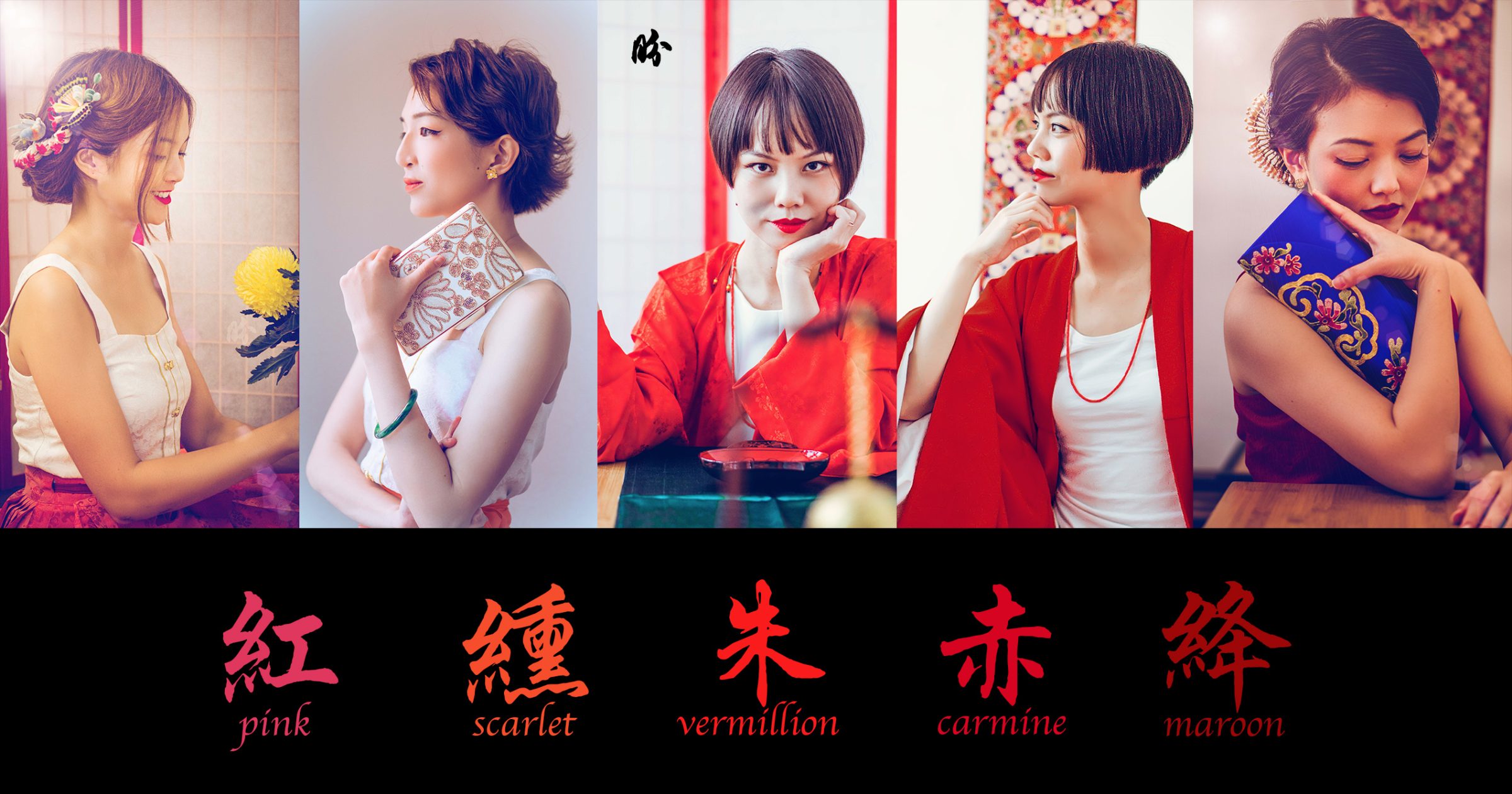
The stereotypical colour for Chinese has got to be Red, especially during festive seasons. But the modern understanding of the “Chinese Red” has been very much removed from its historical origins and rich symbolism.
For a culture that puts so much emphasis on balance and nuances, a lot of the meaning and origins behind the different shades of red have been lost through time, and red became just a patch of colour screaming “Chinese auspiciousness” whenever convenient.

Because culture and fashion always evolve with time, and since I often get asked on how to wear Hanfu on a normal day, I have decided to do this set of photos that explores the 5 shades of Chinese red (as they were understood in history) with a modern twist. Essentially pairing different types of Hanfu pieces with modern basics and accessories/hair, so anyone can try doing that for future occasions without looking like a walking red packet cosplayer.
BACKGROUND
Before China was unified over 2,200 years ago under the first emperor of the Qin dynasty, it was in its ancient dynasties period (Xia–mythological existence, Shang and Zhou dynasties followed by the Spring and Autumn and Warring states).
During this period, a school of thought known as the 5 elements (metal, wood, water, fire, earth) was developed which supposedly classified everything under the sun into 5 categories, even the seasons!
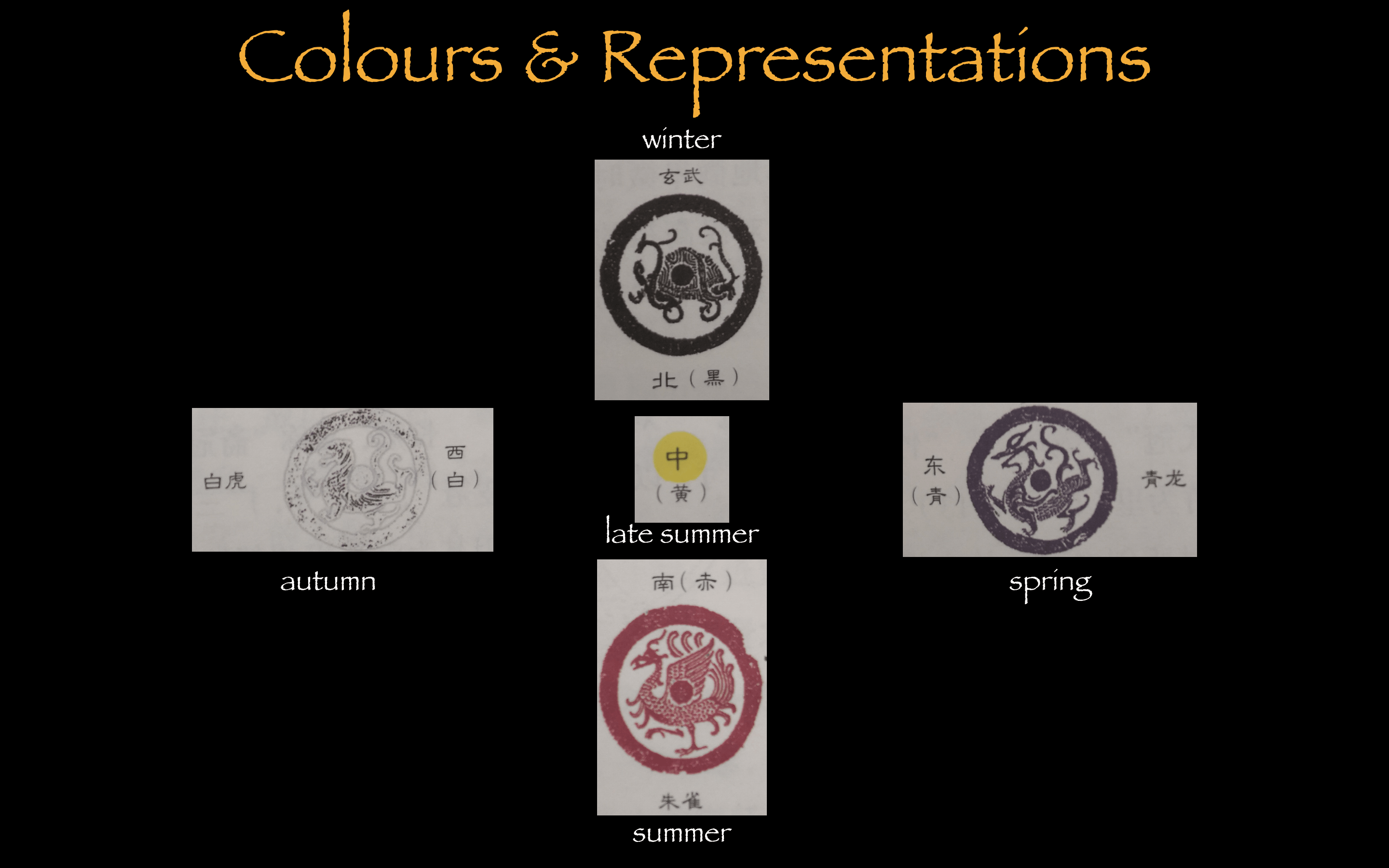
The seasons, colours, directions, and ancient mythological creatures were thus also divided as such accordingly with red being the colour of summer and the south with an auspicious phoenix as a symbol. If you have friends who are familiar with the Traditional Chinese Medicine, you might also know that it even extends to the organs in our bodies, the types of herbs we take for each organs, and the colours of the herbs–i.e. if you have a ‘white’ colour herb, it’s meant for the organ that is categorised as ‘white’.
As such, Red, alongside with black, white, yellow and blue were hailed as one of the most important and ‘pure’ colours in the Chinese consciousness since then. But red was just one of the colours, not THE only colour for Chinese auspiciousness. And throughout Chinese history, the other colours took turns to be employed by the imperial family as their symbol of power and legitimacy.
PINK WAS THE ORIGINAL RED

If you read Chinese, you would probably recognise this word as the word for Red. So where did Pink come from? Well, the question might be better phrased to be “Where did Red come from? 红Hóng was pink!” And the answer would be– the Qing dynasty, the last dynasty of China.
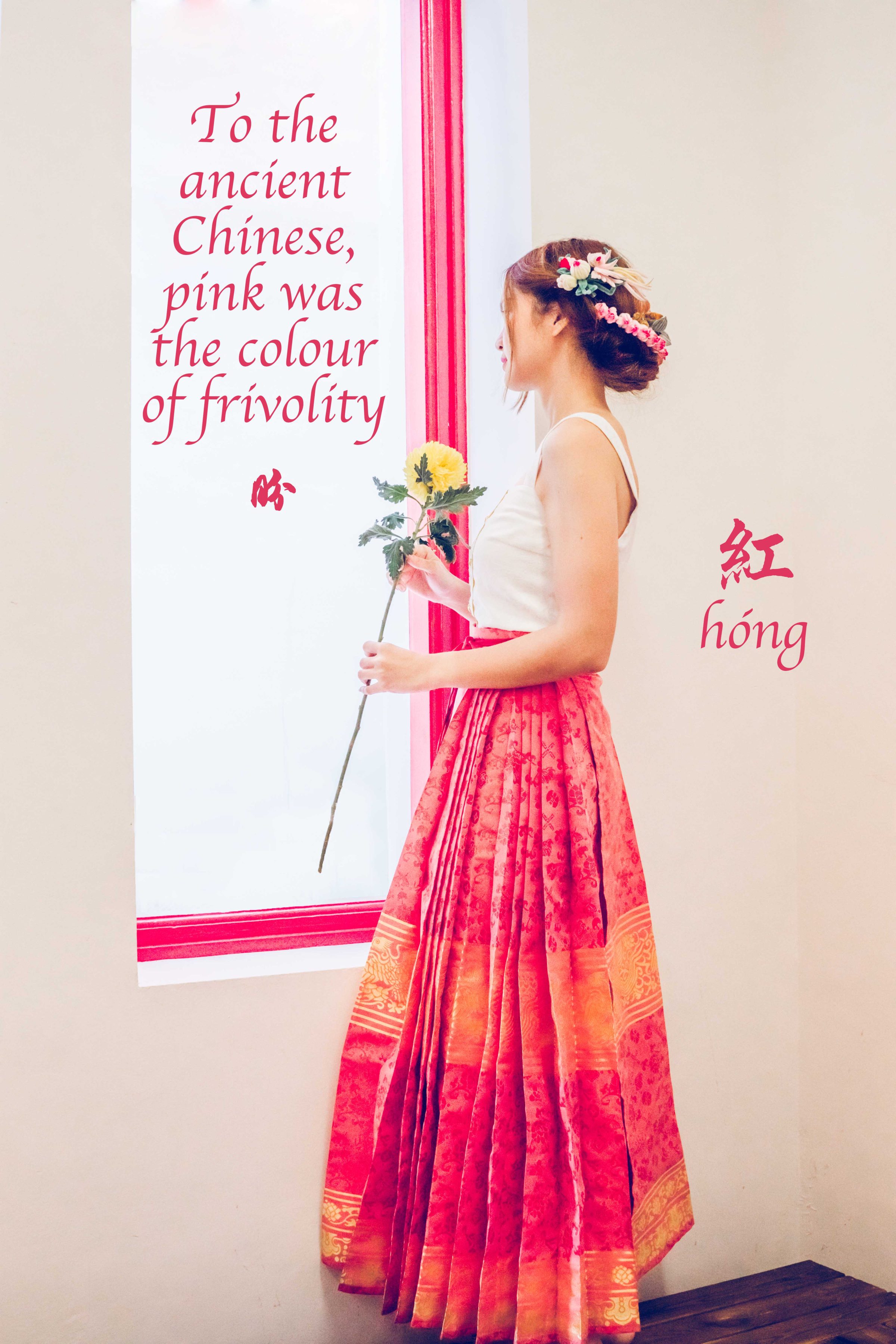
It was recorded in the Analects of Confucius over 2,000 years ago that pink was an undesirable colour of frivolity because it blends the pure colour of white with the pure colour of red, and as a result, the two colours were ‘tainted’ by each other to form an ‘impure’ pink.
You would be judged as extremely unbecoming to be seen wearing something pink back in those days, definitely frowned upon by strict followers of Confucianism.
It took the Chinese thousands of years to get over this prejudice in the last dynasty (Qing dynasty) and for the word to become a generic colour term for all shades of red.
Perhaps this is also why we do see many more pastel colours in the last dynasty such as the Empress Dowager Cixi’s lilac gown below:

I wanted to have this ‘confucian formality’ contrasted with a more playful frivolity for this interpretation. So I had the model wear a Ming style mamian skirt (Ming dynasty was known for its strict neo-confucian belief, which oftentimes was extremely oppressive for women), and a top adapted from the Ming era’s innerwear.
Her hair accessories, while looking rather playful are actually authentic silk velvet hairpieces handcrafted by old craftswomen, and it is an intangible cultural heritage craft of China’s Jiangnan region.
And just FYI, chrysanthemum, I know many think of it as a ‘funeral flower’, but it was actually one of the 4 gentlemen of Chinese plants alongside with plum flower, orchid and bamboo, symbolising perseverance against harsh conditions and remaining upright despite being alone.
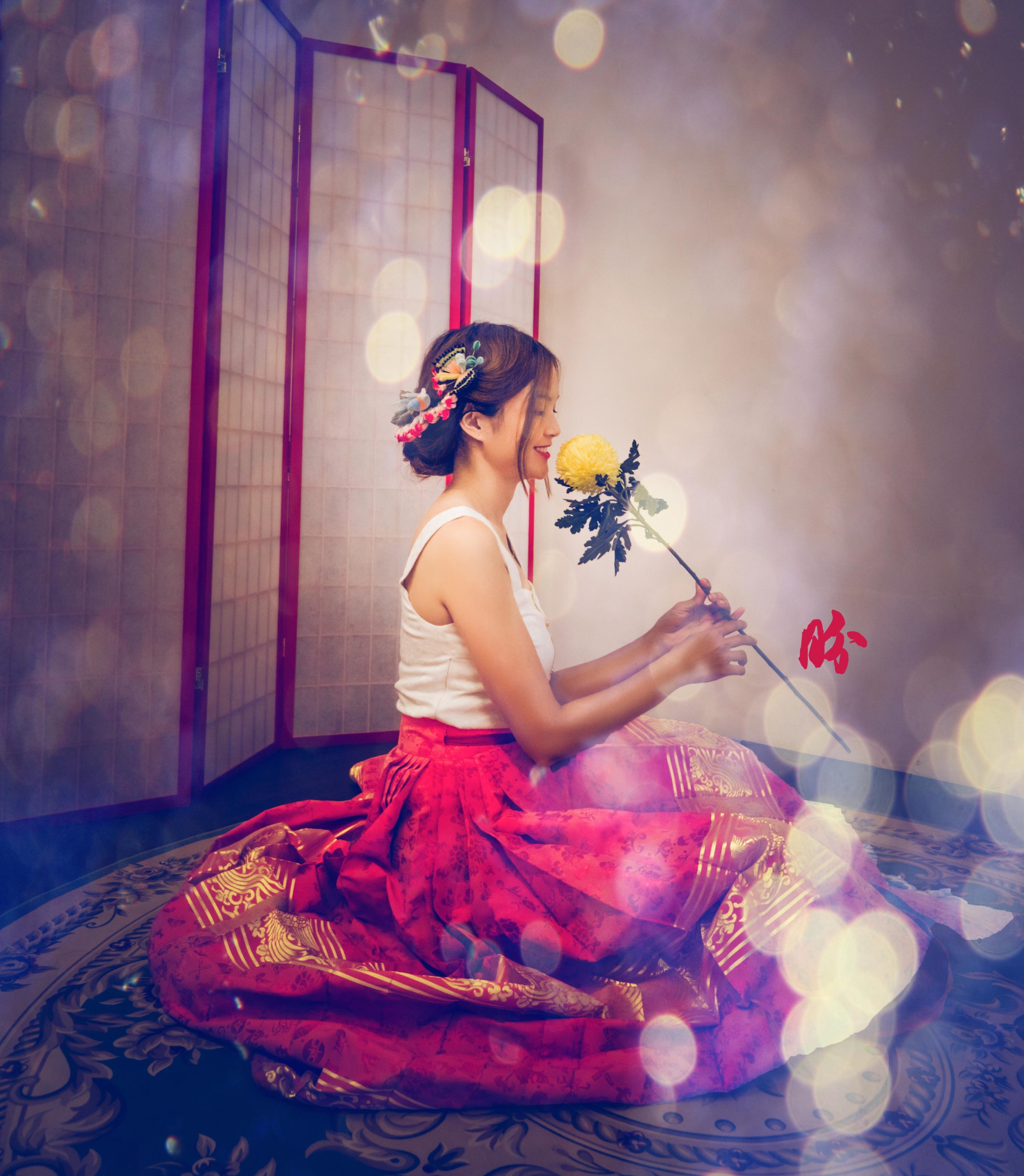
THE DIVINE MANDATE OF SCARLET

The colour 纁 xūn was the red that has a tinge of yellow (somewhat orangy red). The ancient Chinese needed to dye a fabric several times to get different shades of red, so pink was the first dye, and this scarlet orangy red was from the third dye.
Naturally, the more tedious the process, the more precious and highly regarded it would have been. It was undoubtedly a colour of divine mandate and power.
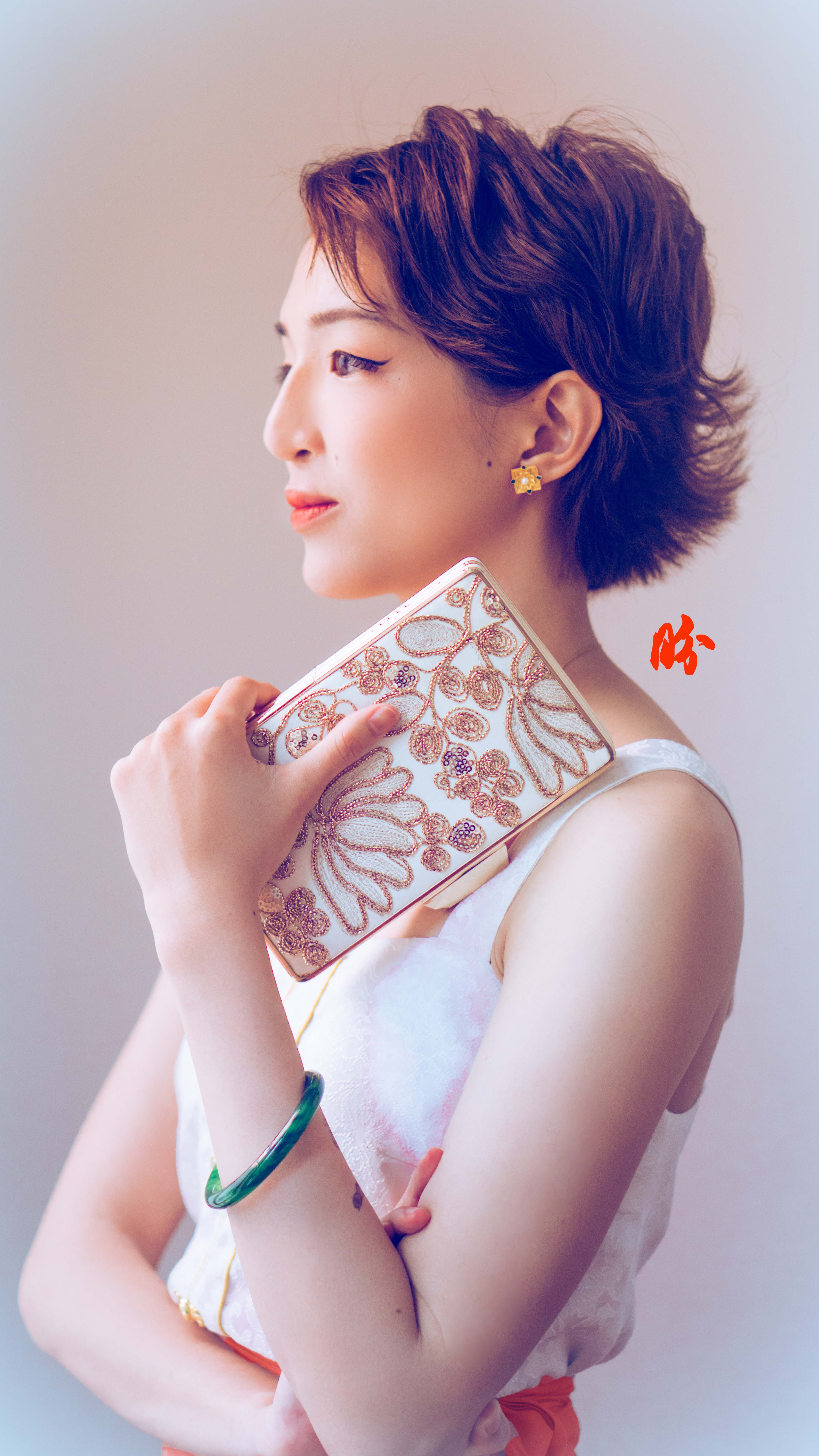
The ancient text I-Ching (written in about 9th century BC) stated that Red is the colour of soil and of the South, while yellow is the colour of earth (kun) and together they form the Xun colour.
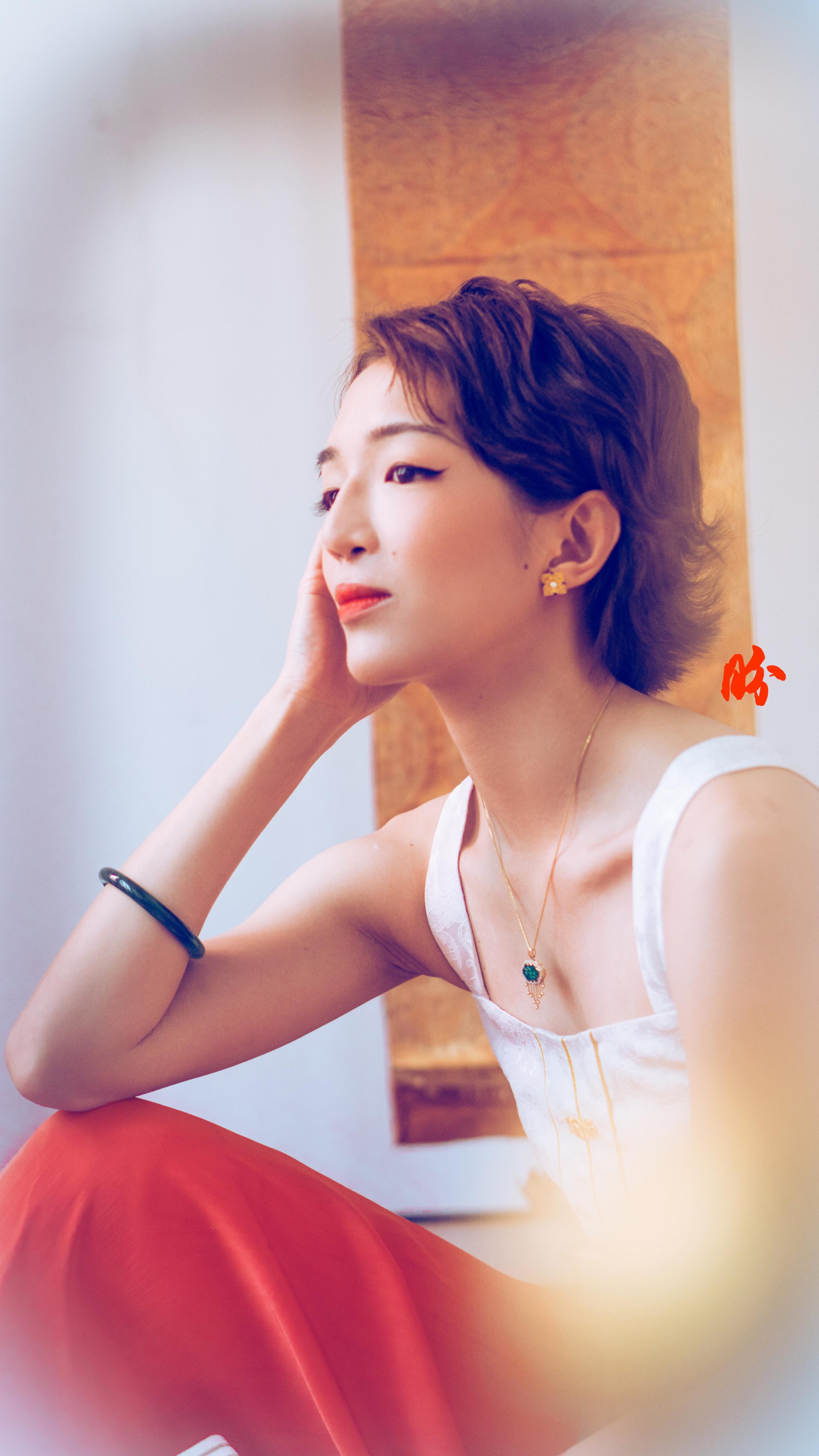
The ancient Chinese believed that Black (玄 xuan colour) was the colour for the sky (乾qian), while the yellow was the colour of the earth (坤kun), and together they form the cosmos/the world 乾坤 qiankun. And since there is also soil on earth, which is related to the southern direction thus also red.
Matching black (sky colour) with scarlet orangy red (yellow earth + red soil colour) as a result would yield you the divine match of heavenly-given mandate to rule.

The pants in the picture is actually a slight modified version of the Song dynasty pants (circa 10-13th century style), worn on the inside by working class women in the northern plains (helps with farmwork and chores to be wearing that). I love to wear it cos of the convenience, and people often are surprised when they asked why I wasn’t wearing Hanfu and I said, well this IS hanfu! *hairtoss*
There is so much symbolism in this one colour that, I have to show you one final ‘life example’ before I move on to the next one!
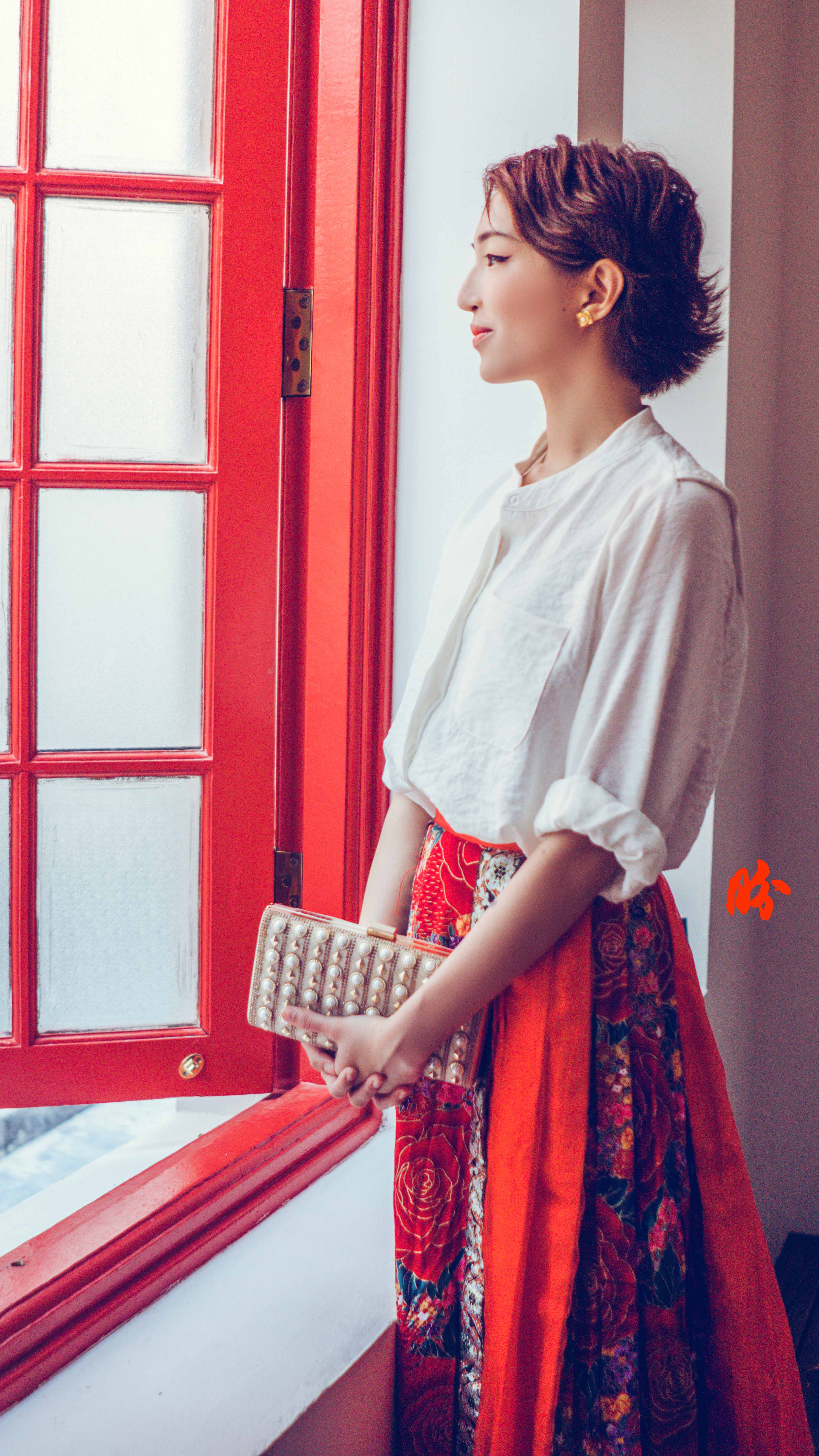
You’ve seen the white top from the pink pairing, so I did another pairing with a simple white shirt and a Qing dynasty-style Mamian skirt. The history of Mamian skirt spanned from the Song dynasty to the Qing dynasty, and would be a topic for my lecture so will spare you the details.
Anyway, this look was copied from (or as the design/artist industry like to call it, “inspired by”) none other than Princess Diana!
She was spotted in a modified (shortened) Qing dynasty Mamian skirt (probably a real antique piece) and a white blouse for her engagement announcement! So happens that amongst my collection, there’s one similar style one so here you go~ 🙂
I’m sure it’s pure coincidence but, hey, spot the black-and-xun divine mandate pairing in the original photo too!
If I were to go one step further in my over-reading of symbolism in the image of Princess Diana and Prince Charles, I would also point out that traditionally, Qian and Kun referred to all the different variations of balance in the cosmo/universe such as yin-yang, male-female, sun-moon, heaven-earth. And by that extension, Qian besides referring to sky and black, also referred to male, and Kun, female. Yeap, definitely overreading but makes great dinner conversation :P.
THE POWER OF VERMILLION

Vermillion red is arguably the most iconic and popular red in Chinese culture. From ancient make-up to accessories, clothing dyes to emperor’s red ink, vermillion which was made from the powdered form of cinnabar was a symbol of power. The emperor of Ming dynasty (13-17th Century) particularly adored this colour for his surname, Zhu朱, referred to this shade of red.
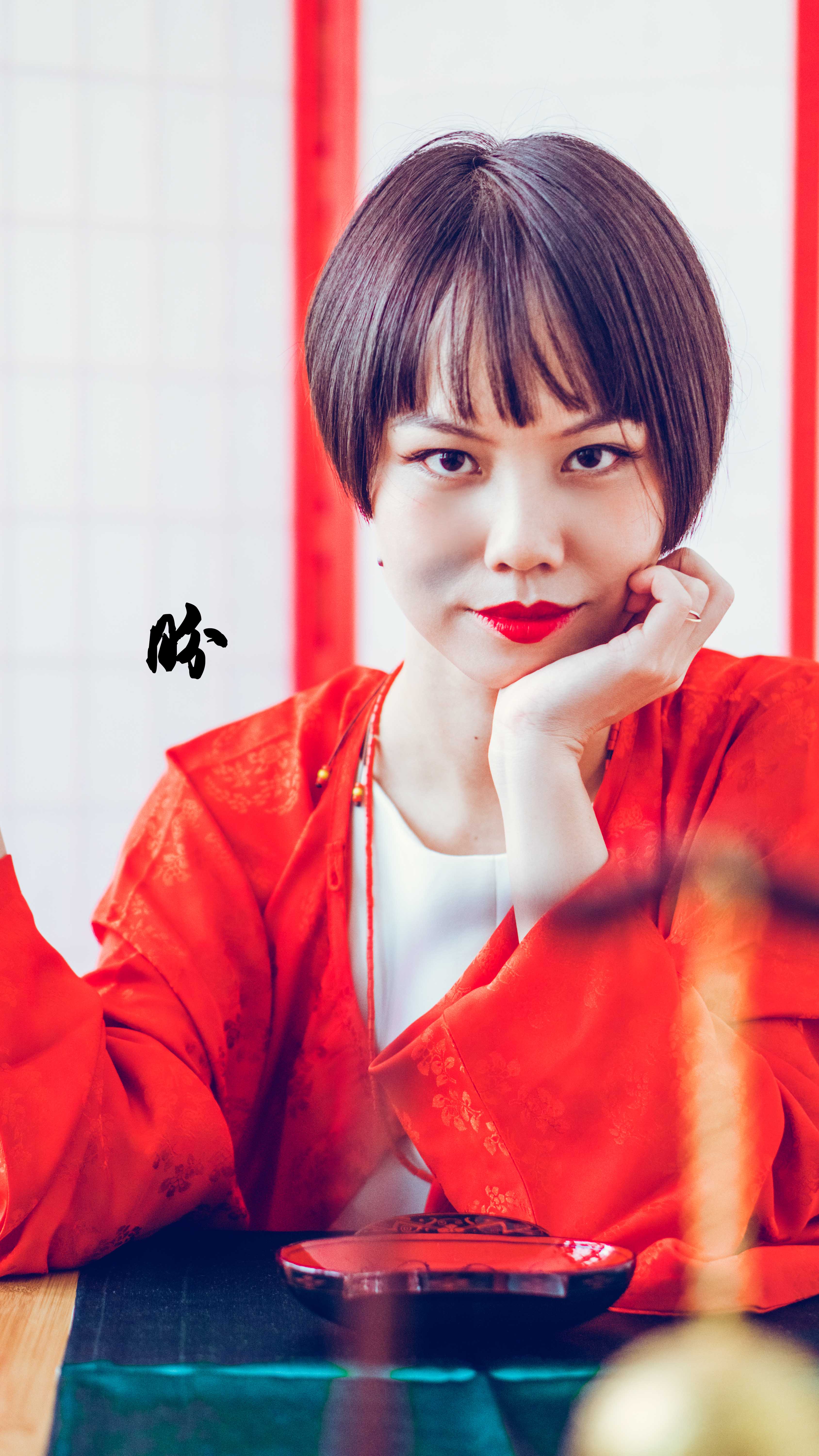
Zhu red was the term used by ancient Chinese over 2,000 years ago to refer to the purest form of red. In those days, the Zhou dynasty (about 3,000 years ago) emperor would regard his ‘lucky element’ to be the Fire element, thus red was also elevated to a much higher status than before. The divine creature of the South was also known as the Zhu red phoenix (朱雀).
In the two dynasties before Zhou, the prized colour were Black (water element) for Xia dynasty and White (metal element ) for Shang dynasty. Why the different rulers regarded these elements and thus colours as representative of their period is another complicated story which I will leave for another day.
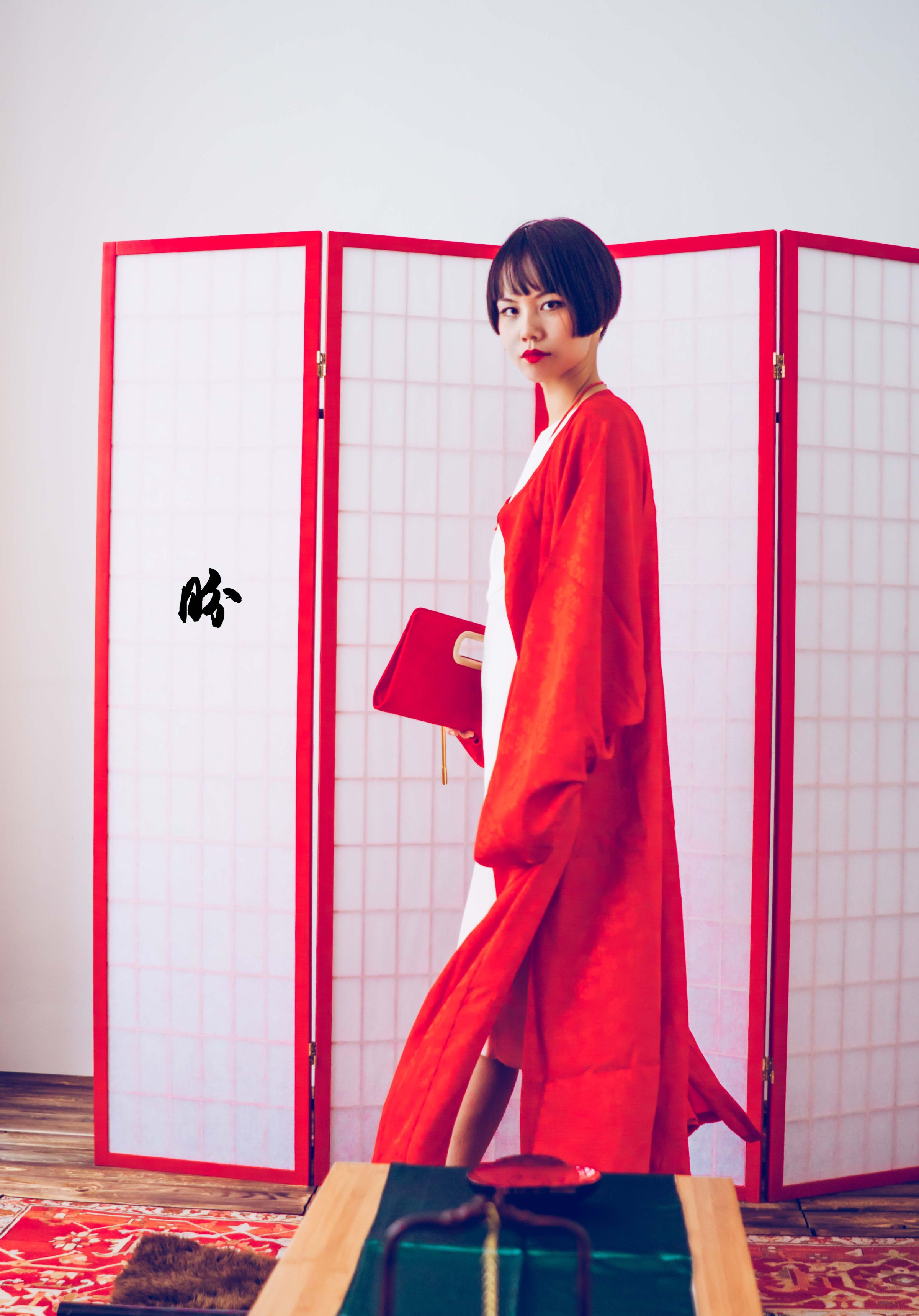
The model is wearing my favourite Tang dynasty’s round collar male robe unbuttoned, paired with a basic white one-piece dress inside. Reason being, there’s nothing that exudes more power and empowerment for a woman in history of Chinese fashion than the Tang robe AKA ancient women’s power suit. It was a male dress back in the 7-10th century, but women cross-dressed partly as an attempt to show that they had the power to behave and dress like men too. It also enabled women to move with greater ease on horseback or domestically, instead of being confined by their long skirts to move with grace and elegance expected of women.

Fast forward 1200 years, I still find that there’s nothing more badass and empowering than the Tang round collar robe. Which is another reason why you would ALWAYS find me in that for recent interviews and public events. Of course, again, it’s one of those pieces that nobody would think is Hanfu when you wear it on a normal basis.
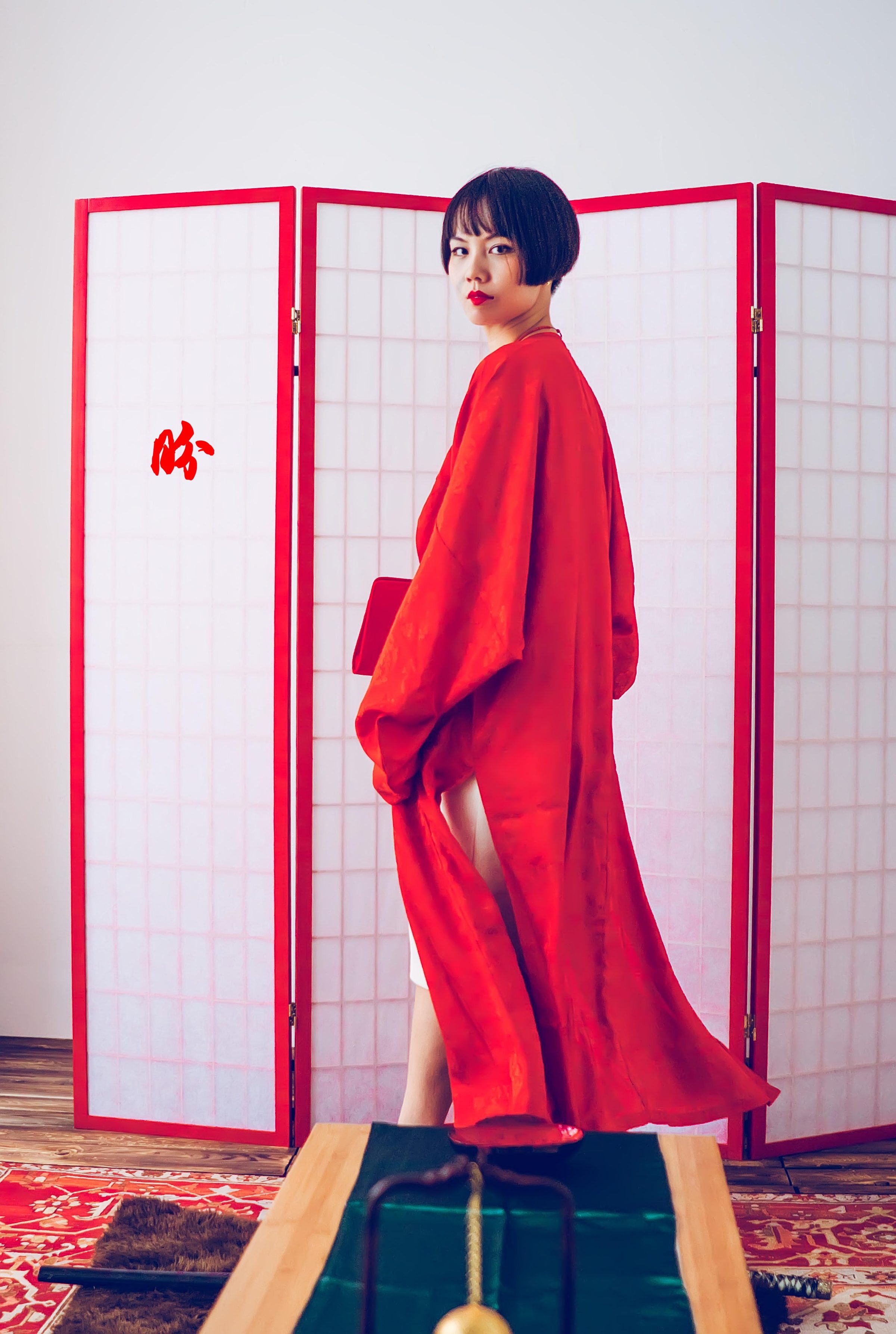
In the ancient times, women would grind cinnabar into vermillion and use them as lipstick colouring. Definitely a kiss of death kind of product since we now know that cinnabar has an unhealthy amount of mercury (then again, there’s no such thing as healthy amount of mercury is there?).
THE DARK PAST OF CARMINE

Chinese words have always had deep, symbolic meanings, and the Chi red is no exception:
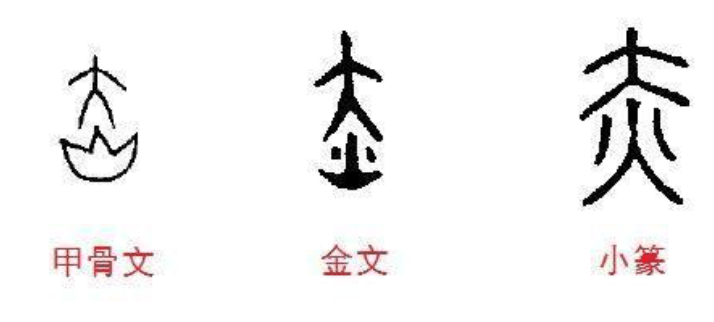
You probably don’t require much explanation by just looking at the drawings that evolved into the current word today. Yes, it is a person on top of a burning flame.
And Chi red, is a darker version of Zhu red. Also, has a less glorious and somewhat more sinister origin. If you think being poisoned by mercury was a slow and painful way to die, Chi was much worse.
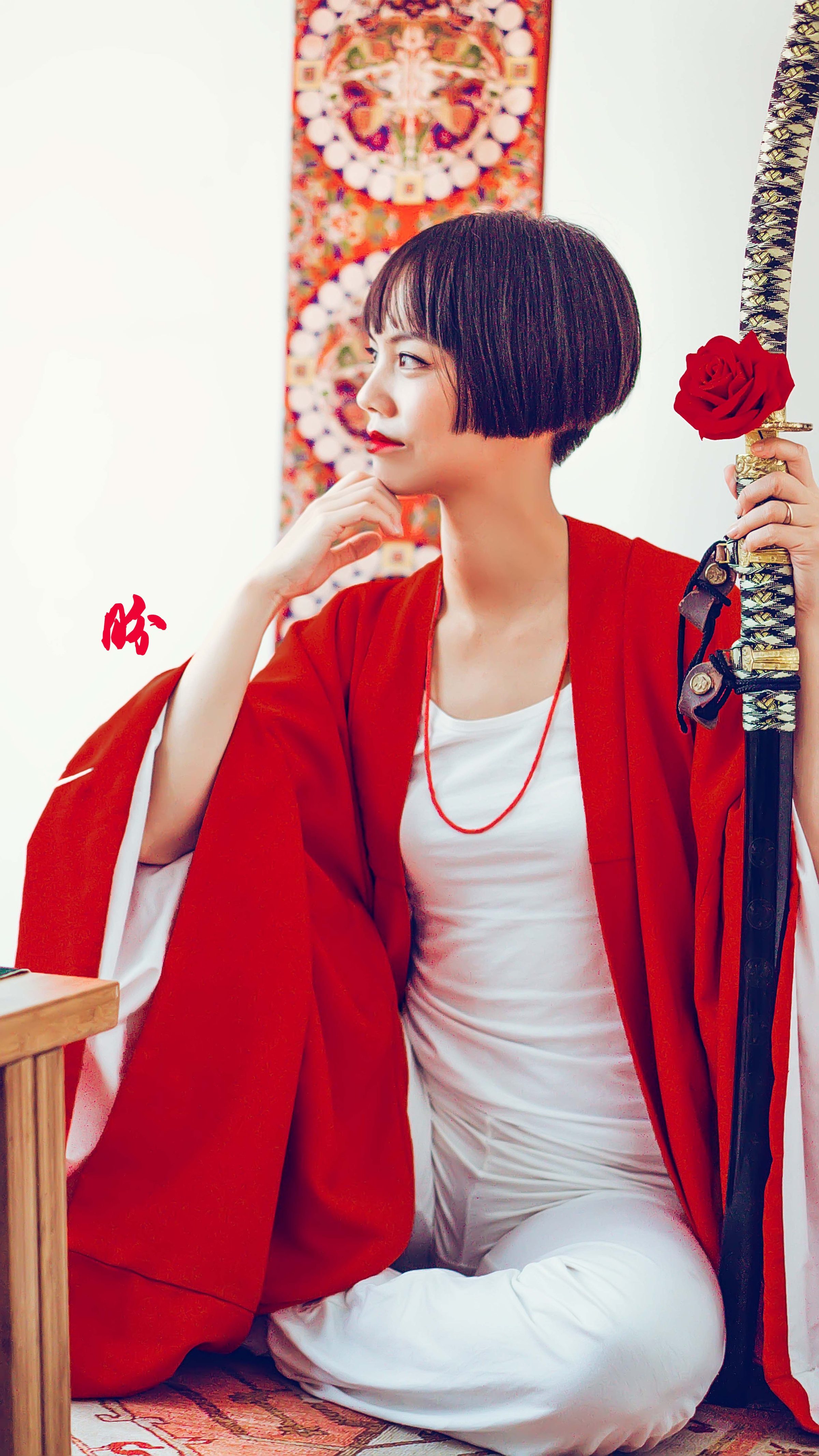
The origin of the word meant a red that was derived from barbecuing someone on fire until his/her flesh turned to dark red. Somewhat grusome, but perhaps it also indicates a sinister past of homo sapiens being cannibals in the ancient past.
Of course a more kids-friendly version of the word was that instead of a person, the top was the word for ‘big’ and it meant big fire, and that it was something like the deep red of a huge fire.
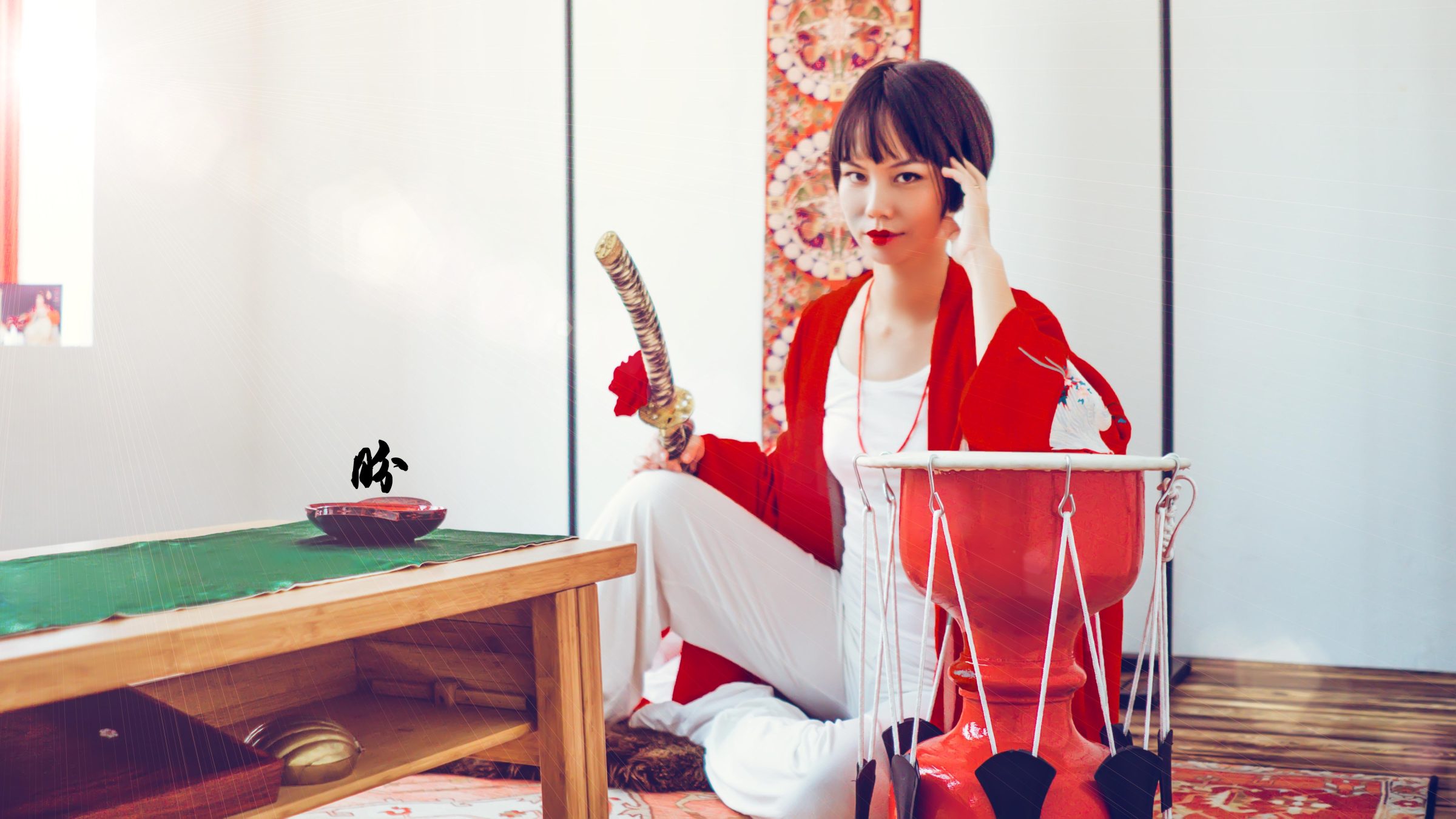
Similar to the Zhu red before, this was used interchangeably with Zhu red to refer to the emperor’s rule and divine power. In particular, ancient Chinese referred to the ruling divine figure of the southern land as the Chi emperor. The first emperor of the Han dynasty (longest dynasty in Chinese history spanning over 400 years between 3rd century BCE and 3rd century CE) as a result, then also referred to himself as the son of the Chi emperor to give himself greater legimacy and power.

While Zhu red seems to refer to the rising sun and the showy confidence of a new ruler, Chi red is like the quiet confidence from an old power. Possibly from the dark past and brutal years of reign in his/her quest to consolidate more power and to be more assured in this current position. Just like the possible theory of the origin of the word.
THE IMPOSSIBLE MAROON

The ancient way of producing colours onto fabrics was extremely tedious. You need to dye a fabric over and over again to get it darker and more intense, and to get to the stage of the deep maroon, was almost an impossible feat through dyeing.

Such dark, intense red was from plant-based dyes in the early days and was particularly popular amongst the south-western ethnic minorities. After the reunification of China about 2000 years ago, there were increased exchanges between the ethnic minorities and Han Chinese, and eventually became really widely used in the Han dynasty.
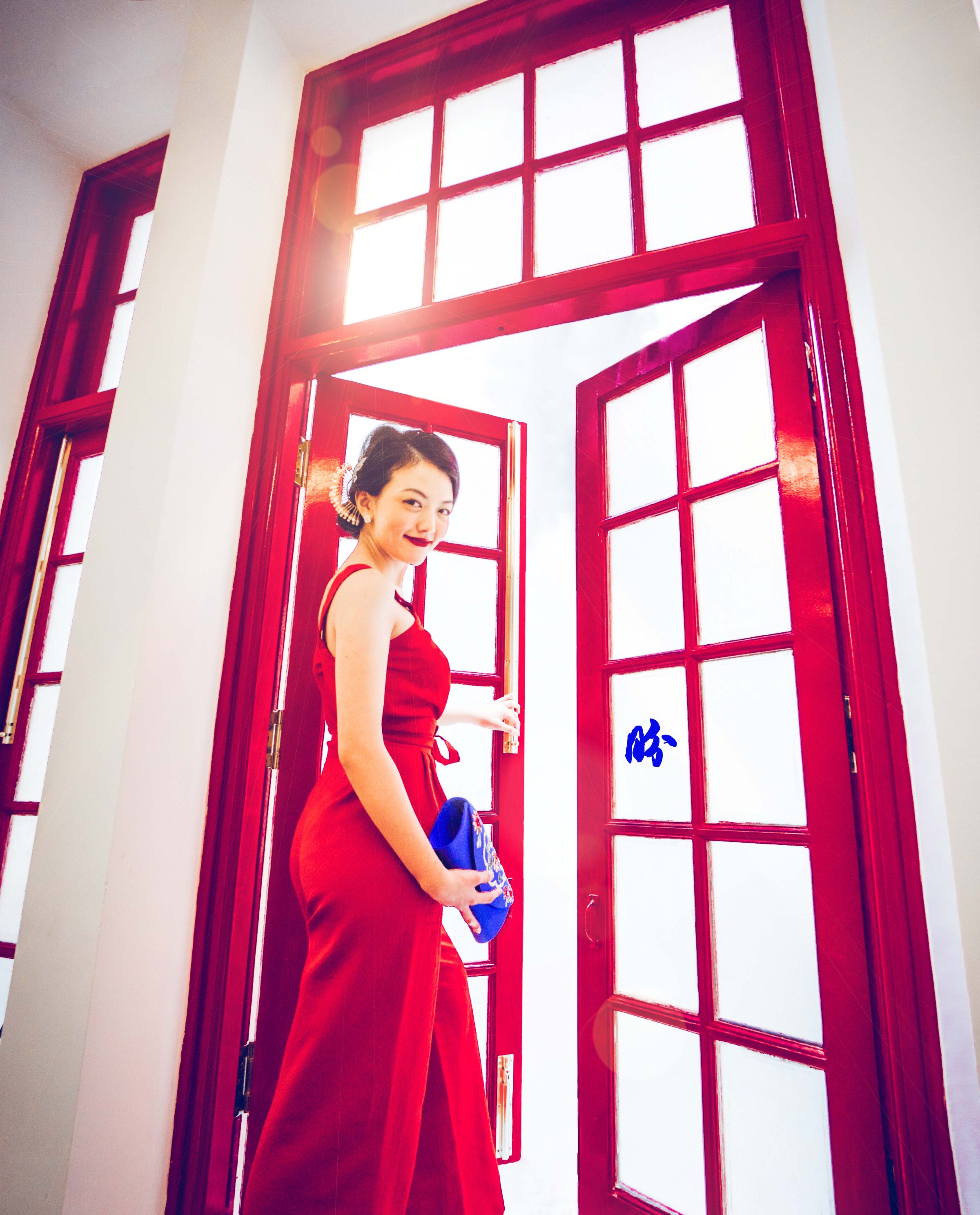
Teachers during the period would set up tentages with Jiang red while imparting their knowledge, and the term Jiang tent 绛帐 also came to be known as a term to refer to teacher, or their lecture seat.
And if you think that maroon lipsticks were something mode, I’m sorry to disappoint you–almost nothing in fashion is new. The ancient Chinese had maroon lipsticks and they called it the Jiang cream. It was definitely a much safer option to use for lipsticks as the records specifically stated that it could be used for food colouring (yes yes, food colouring isn’t some invention of the 21st century either).
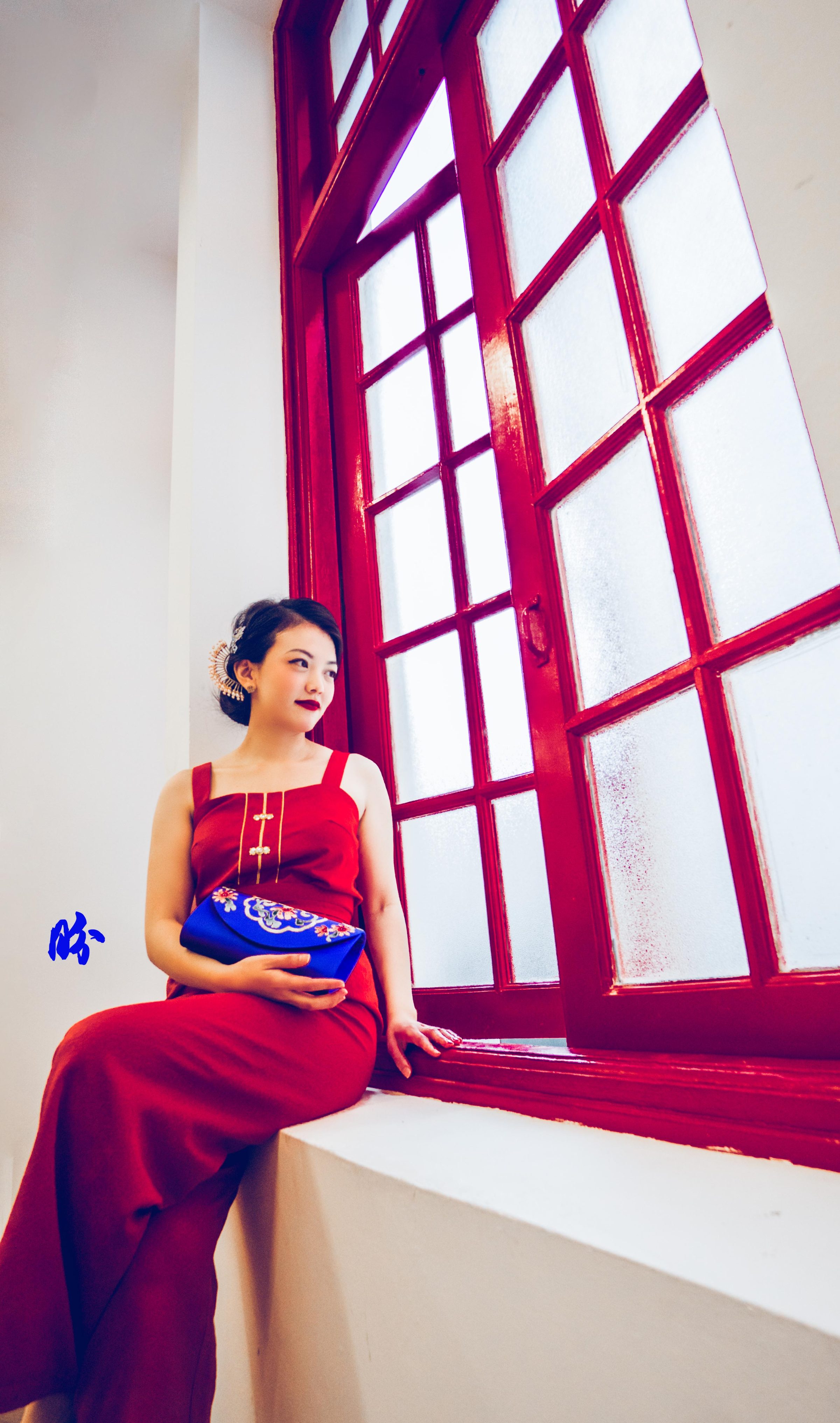
Because it was mentioned that the origin of this shade was from the ethnic minorities, I paired this set with a complementary electric blue handclutch decorated with the forbidden knot stitch and the gold thread couching technique. Very Qing dynasty style–which is the Manchurian and ethnic minority of the north.
By and large, Han Chinese didn’t really have very daring colour-matching traditions. The more fascinating periods for exploding colours and styles generally had a lot of ethnic minority influences (such as Tang, Ming and Qing dynasty). And if you really study fashion history of those periods, you would realise that the ancient Chinese (the aristocrats) had impeccable tastes which would put most modern designers to shame.

FINAL WORDS
Because ancient people didn’t have a colour card to document the many colours, the precise tone of red can never really be verified against our Pantone colours. However, since Chinese is really a lot about symbolism and the ‘illusive’ idea of things, I think it is sufficient to interpret it in its essence and not its specificity. There are tonnes more words used in history to refer to different or perhaps even the same shades of red, but that’s all I have for now!
ENJOY THE REST OF YOUR CHINESE NEW YEAR VISITING AND DRESSING UP!
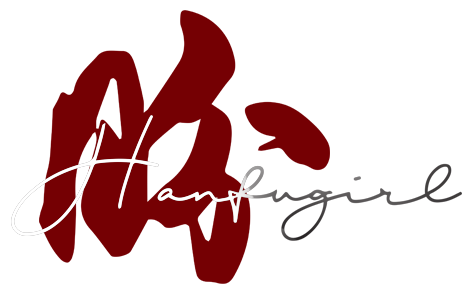
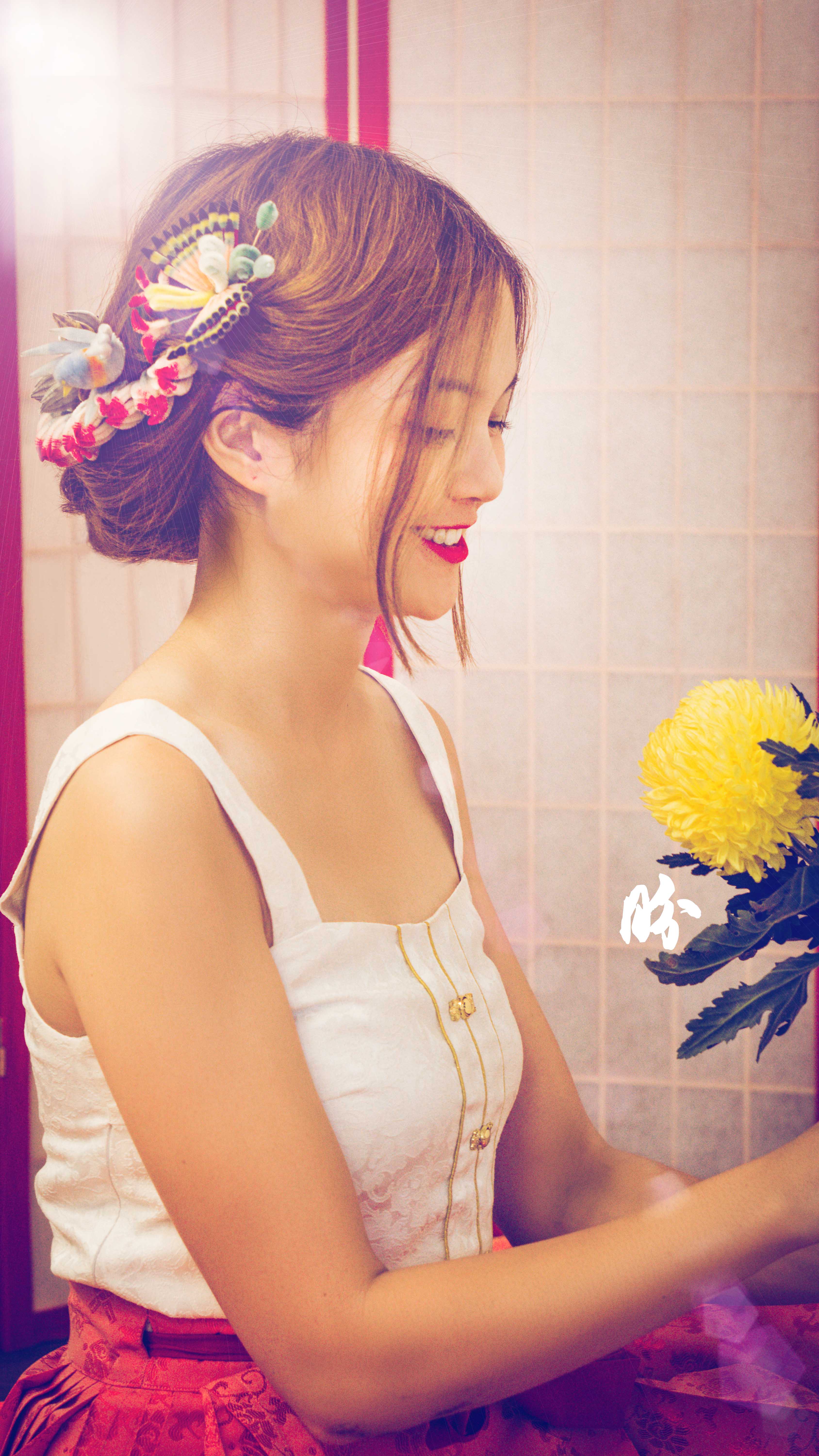
Leave a Reply